ABSTRACT by Leanna Lalonde
“…last came the prospector and the mining company, but when they came they made the region theirs, and what they found, made all other industries seem of no account. Even the sulphur that blasted all things living, only made nature’s grimness grimmer still, substituted, as it were, deadly purpose for beautiful desolation.”
– Stephen Leacock, My Discovery of the West; cited in John M. Gunn, Restoration and Recovery of an Industrial Region, 1995.
An operating mine can last as many as several decades, though individual projects have an average lifespan between 15 and 20 years.[1] This is a relatively short amount of time, and may result in the misconception that mining is ‘temporary’ or short term, when in fact the entire mining process from open to close lasts much longer. Long-term monitoring and maintenance activities – required to avoid or mitigate environmental contamination – can continue for generations beyond the actual closure of a mine, and the ownership of these landscapes is exceedingly difficult to relinquish when it is accompanied by ongoing liabilities. The legacy that a mine leaves on the landscape can be permanent, “which raises the question of who will be responsible once the mining company is gone?”[2]
In Greater Sudbury, Ontario the restoration efforts of the last 35 years are renowned for their extraordinary re-imagination of the local landscape. What was, at one time, disparagingly referred to as an inhospitable moonscape is, today, veiled beneath a blanket of green which has effectively erased the scars of a long and ongoing history of resource extraction. Where extensive mining landscapes were once the picture of progress, the indispensability of industry has necessitated a new aesthetic trope (regreening) which: responds impartially to stereotypical public criticisms of health, utilizes anthropogenic force for the superficial manipulation of symbolic landscapes, and prioritizes aesthetic preoccupations of ‘natural’ history over a cultural approach. Communities’ social, spatial and historical structures continue to be affected by mine development, and will be even long after mining operations end. Sudbury must consider radical alternatives to prescriptive measures which assess quality of health by degrees of greenness. Who is to say that the reverberations of a hard rock city are singularly unnatural or unhealthy?
A strategy of mediation, landscape curation, is explored to intercede in the usual either/or spatial practices: land reclamation or industrial planning. Rather than erase sites of industrial operation via regreening, the following design devises a landscape/architectural strategy which embodies an argument for broadening our knowledge of affected sites and the practices that we use to manage them in the contested sites themselves – as an “arena of speculation”[3] – to generate new knowledge and engender new responses: paving the way to radical new conceptions for the future of the Sudbury landscape fabric.
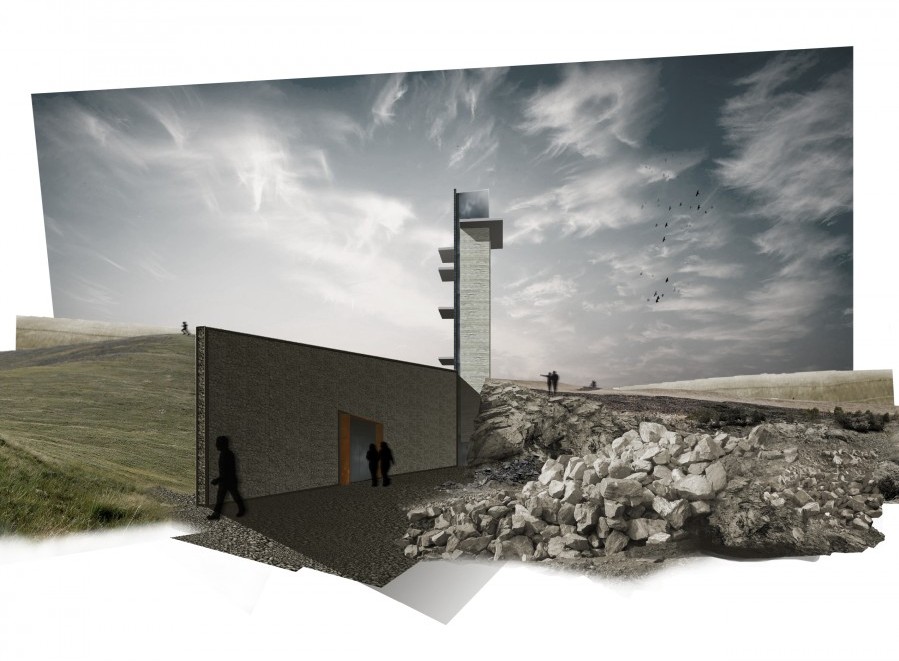
Supervisor: Adrian Blackwell, University of Waterloo
Committee Members: Anne Bordeleau, University of Waterloo
Tammy Gaber, Laurentian University
External Reader: David Warne, LGA Architectural Partners
The Defence Examination will take place Tuesday August 12, 2014 2:00 P.M. ARC 2026
A copy of the thesis is available for perusal in ARC 2106A.
[1] Rike Burkhardt, Peter Rosenbluth and Julee Boan, Mining in Ontario: A deeper look, (Toronto, Ont.: Ontario Nature), 4. http://www.ontarionature.org/discover/resources/PDFs/reports/mining-in-ontario-web.pdf
[2] Ibid, 11.
[3] The term arena of speculation originates from Eyal Weizman and refers to the productive terrain for countering dominant ideologies and spatial articulations.


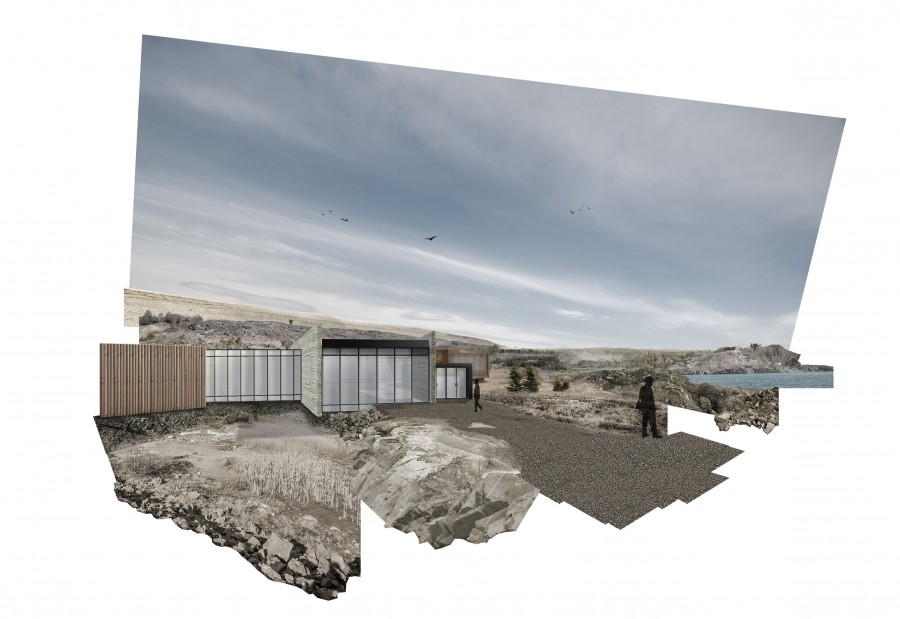
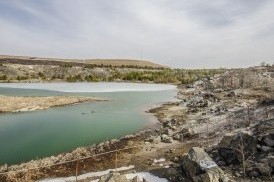
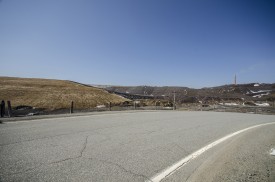
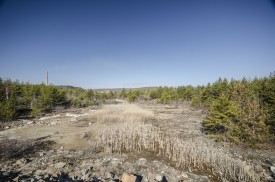
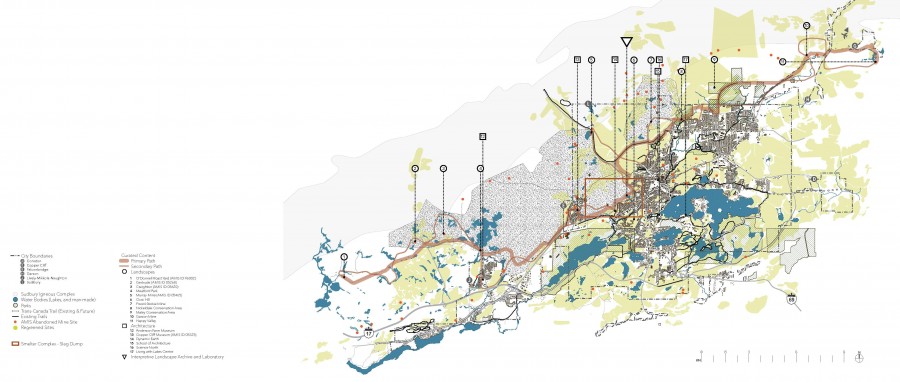
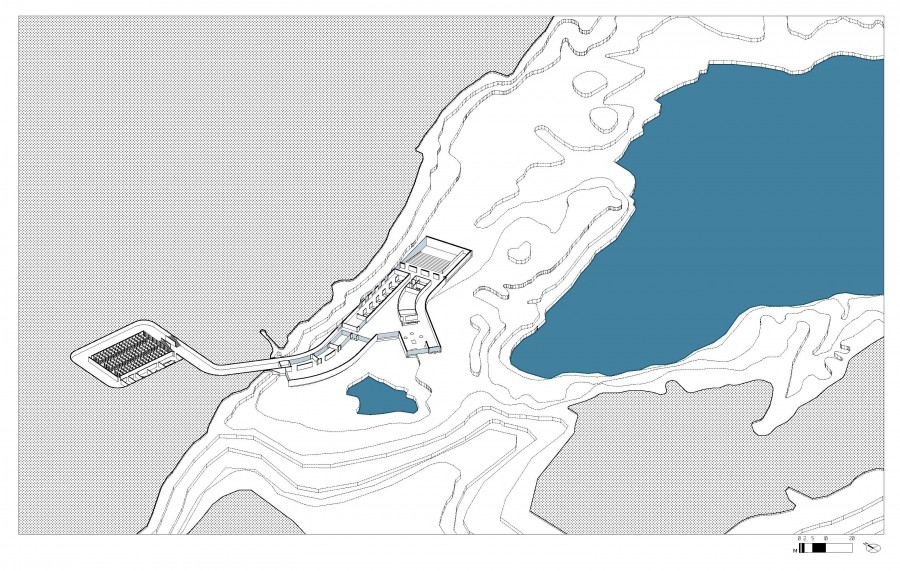
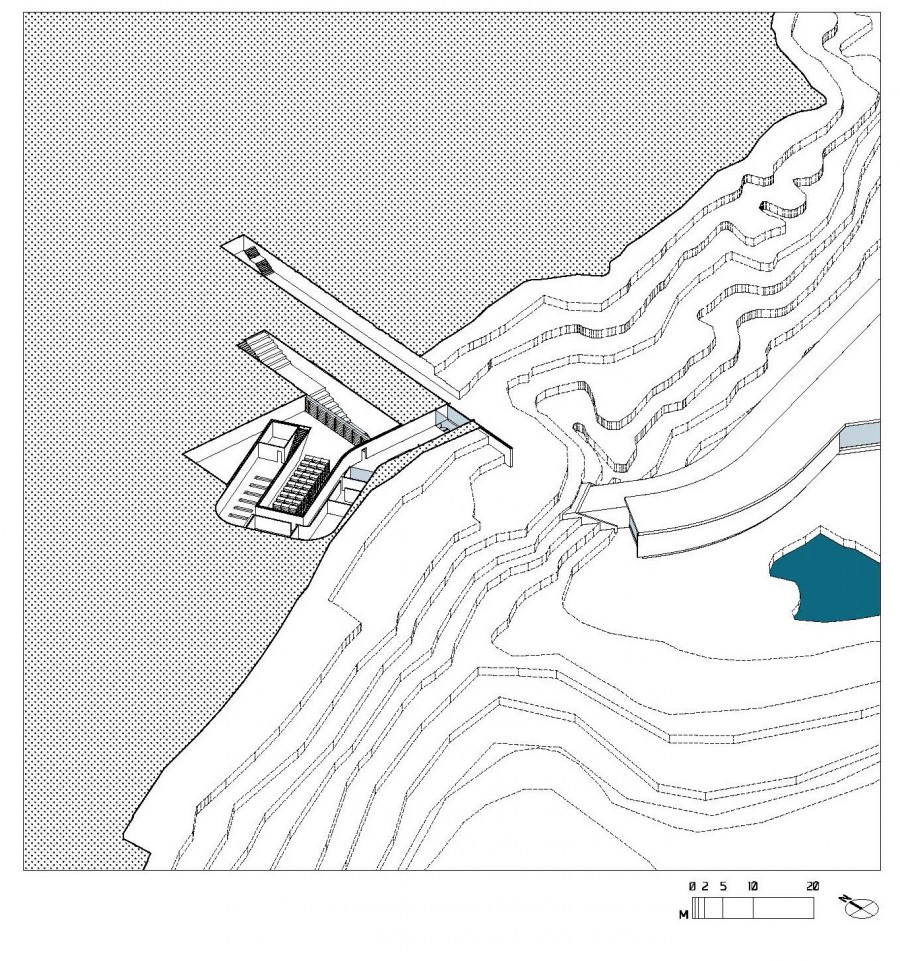
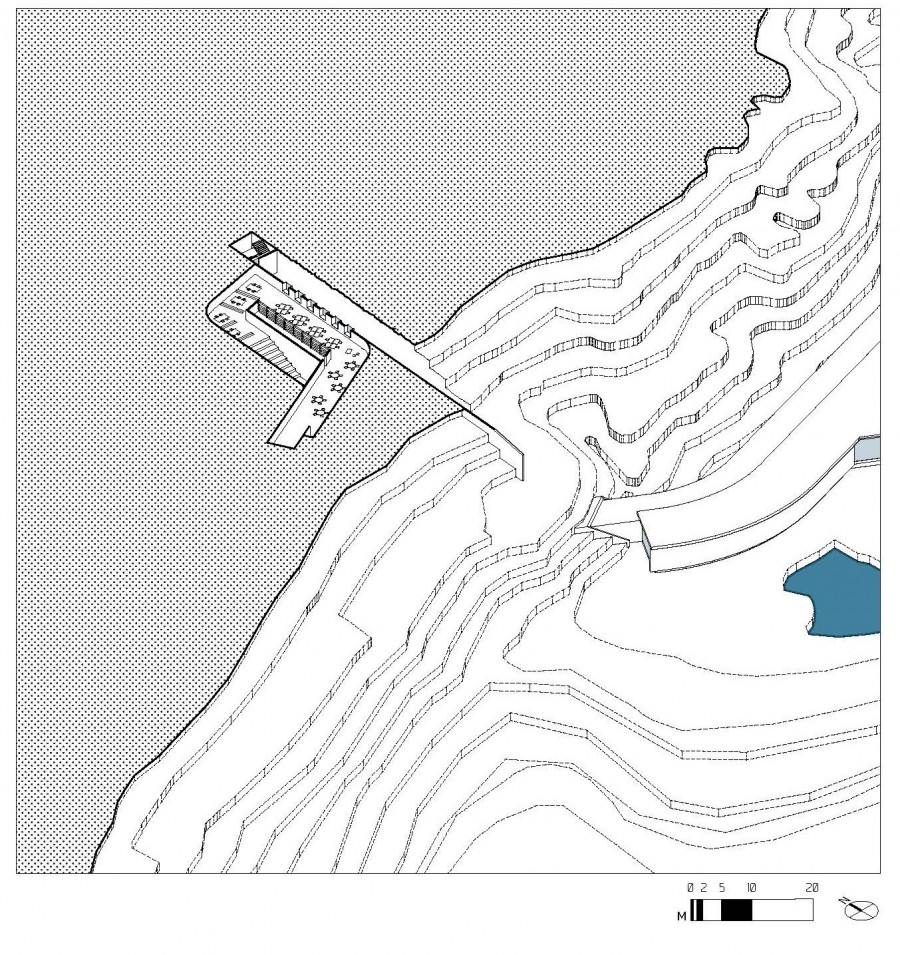
3 Comments
Leave your reply.